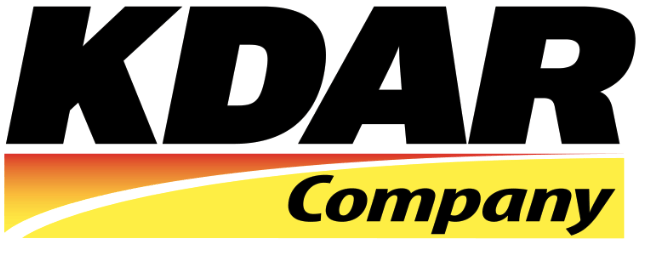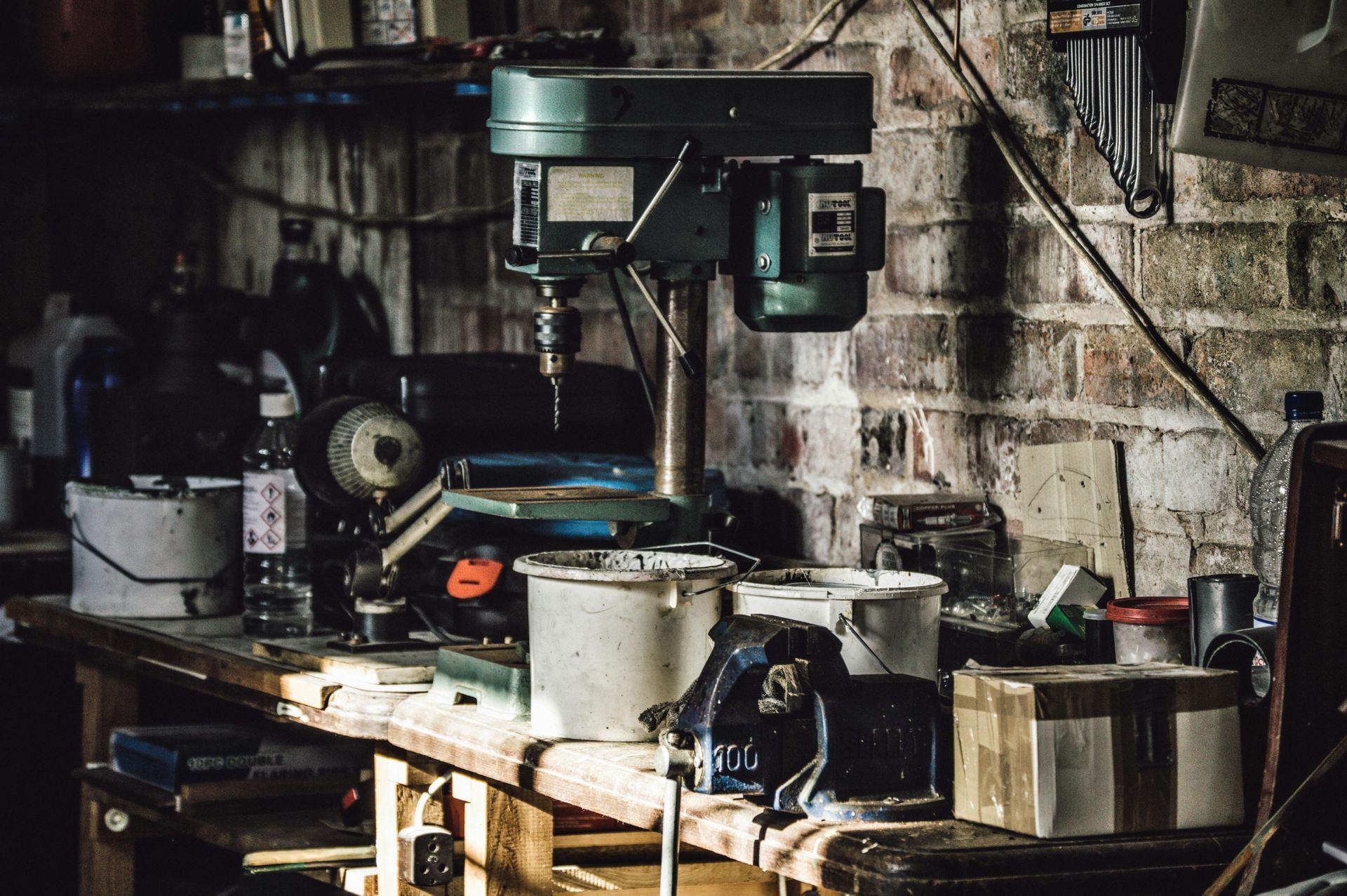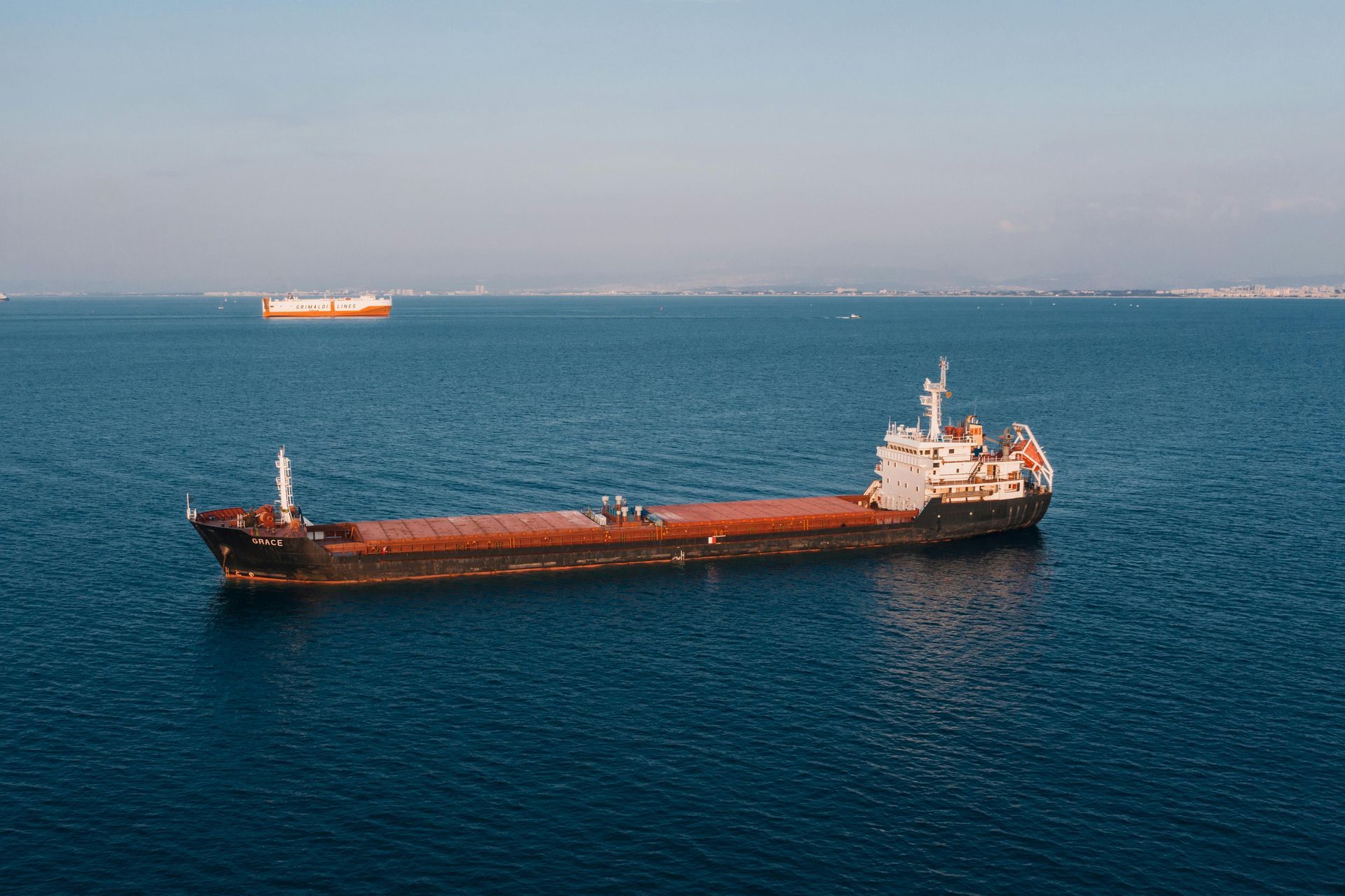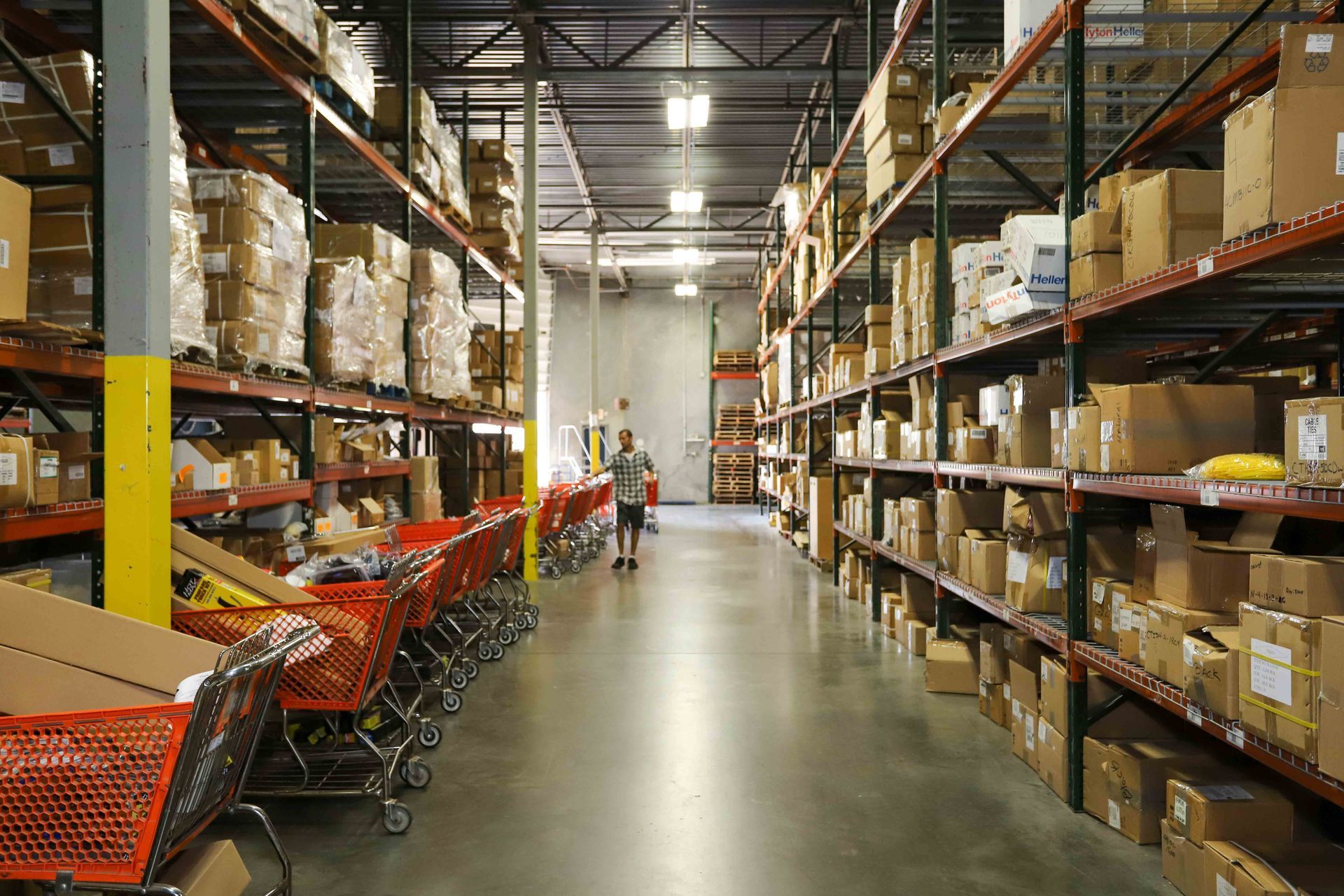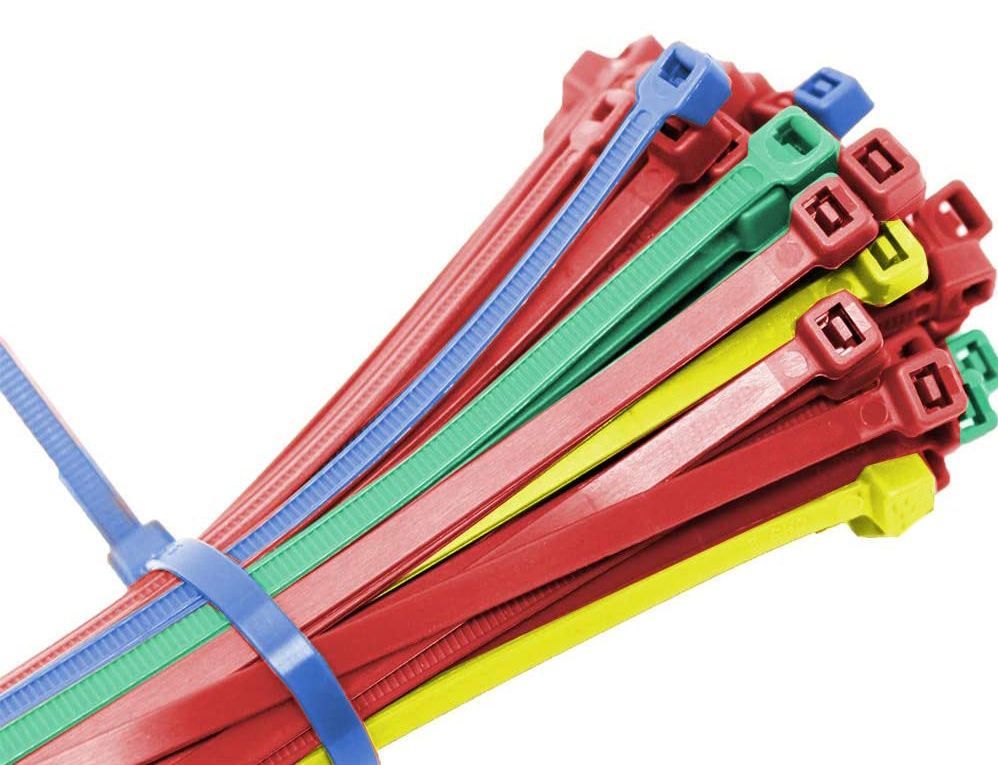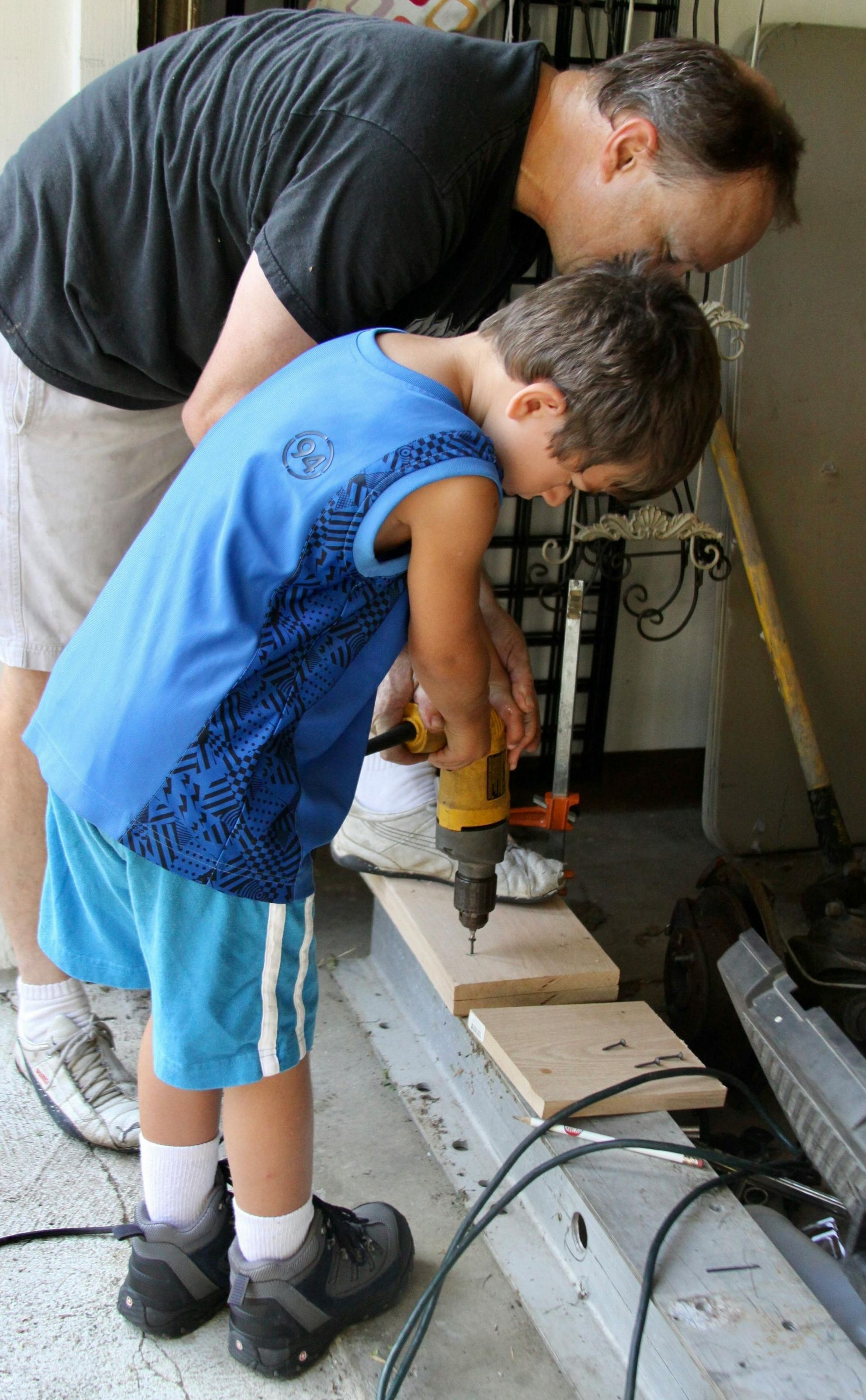Welding Safety Guidelines
Welding is an essential and common component in the construction and manufacturing industries, but it is not without significant risks if proper safety measures are absent. Whether a beginner or a seasoned veteran, understanding and practicing welding safety is crucial to protecting yourself and others; this blog explores safety tips that every welder should know.
Common Welding Hazards
Before diving into specific safety tips, it's essential to understand the common hazards associated with welding. By being aware of these hazards, welders can proactively address them and take the necessary precautions. Some of the most common welding hazards include:
- Electric Shock: Welding involves working with high-voltage electricity, posing a significant shock risk. Welders must ensure the welding machine and cables are in good condition, properly grounded, and never in contact with live electrical parts without the proper protection.
- Arc Flash: The intense light emitted during welding can cause arc flash, an electrical explosion that releases a significant amount of heat and light, which can result in burns, eye injuries, and even blindness. Proper eye protection, such as welding helmets with auto-darkening filters, should always be worn to prevent arc flash injuries.
- Fumes and Gases: Welding produces toxic fumes and gases, such as ozone, nitrogen oxides, and metal vapors, which can be harmful when inhaled. These substances can cause respiratory problems, dizziness, and nausea; prolonged exposure could lead to additional long-term health issues. Adequate ventilation and respiratory protection, such as respirators, are essential to minimize exposure to these hazardous substances.
- Fire and Explosions: Welding involves working with open flames and sparks, which can ignite flammable materials in the surrounding area. Removing flammable materials and having fire extinguishers readily available is crucial to creating fire-safe areas. Proper training on fire prevention and the use of fire suppression equipment go a long way to prevent accidents and ensure a safe working environment.
Personal Protective Equipment (PPE) for Welding
Wearing the proper personal protective equipment (PPE) is essential to safeguard against the hazards associated with welding. These are some PPE items that every welder should have:
- Welding Helmet: A welding helmet is perhaps the most critical piece of PPE for welders, protecting the face, eyes, and head from sparks, intense light, and heat. When choosing a welding helmet, opt for one with a filter that automatically darkens when the arc is struck, providing optimal protection.
- Welding Gloves: Welding gloves protect the hands from burns, sparks, and electric shock. They should be made from flame-resistant materials and provide a comfortable fit, allowing for dexterity while working.
- Protective Clothing: Welders should wear flame-resistant clothing, such as welding jackets and pants, to protect their skin from burns caused by sparks and heat. Avoid wearing synthetic fabrics that can melt and stick to the skin in case of an accident.
- Eye and Face Protection: Besides the welding helmet, welders should wear safety glasses with side shields or goggles to protect their eyes from flying debris and UV radiation. Face shields can also provide additional protection for the face and neck.
- Respiratory Protection: When working in poorly ventilated areas or when exposed to hazardous fumes and gases, welders should use respiratory protection, such as respirators or powered air-purifying respirators (PAPRs). These devices filter the air and prevent the inhalation of harmful substances.
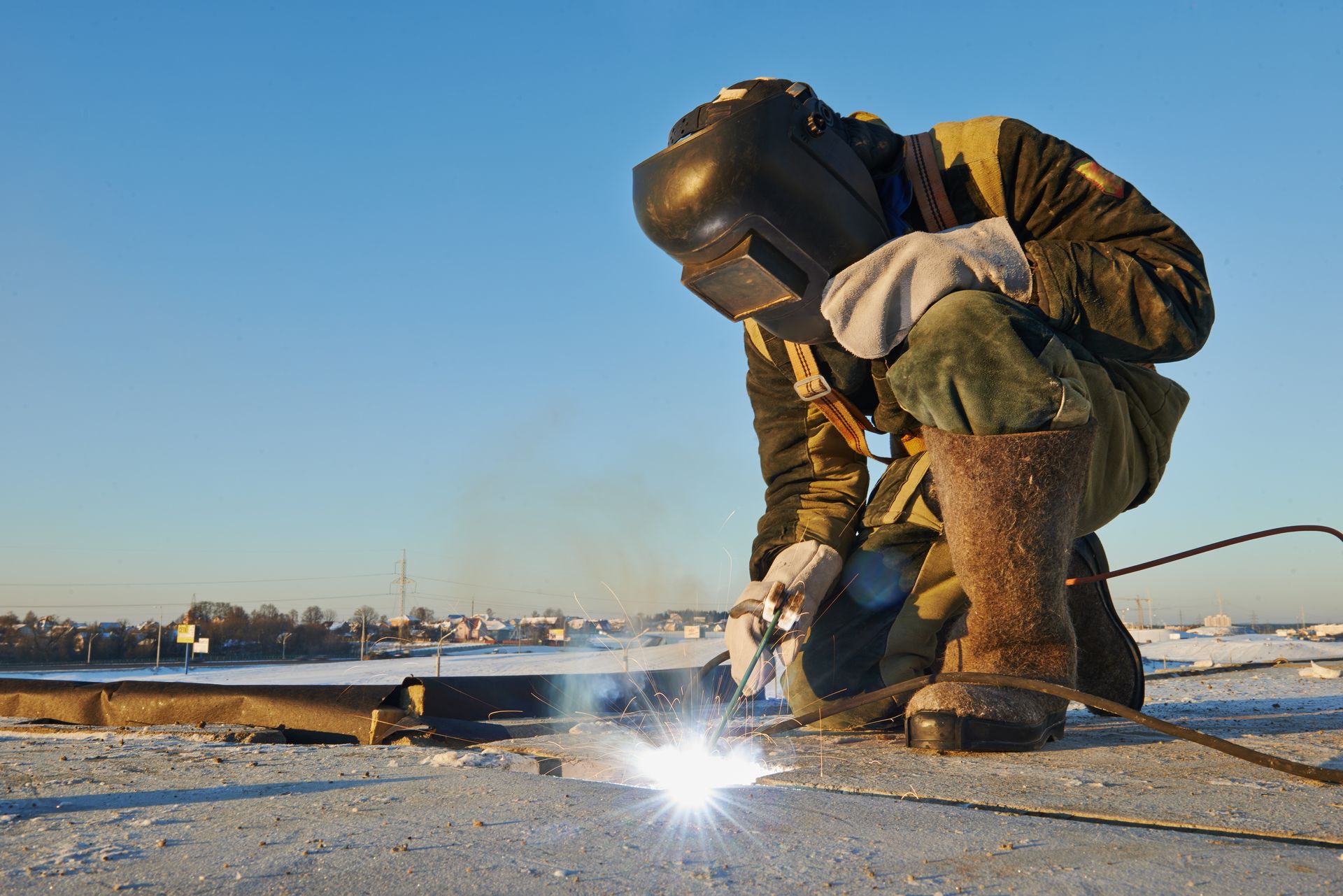
Preparing the Work Area for Safe Welding
Creating a safe work area is vital to minimizing the risks associated with welding and optimizing productivity. Here are some critical steps to follow to create a safe work environment:
- Clear the Area: Remove flammable materials, clutter, or unnecessary objects from the work area. This helps prevent accidental fires and allows for easy movement while welding.
- Secure the Workpiece: Ensure that the workpiece is securely positioned and stable before starting the welding process. Unstable or improperly supported workpieces can create hazards and increase the risk of accidents.
- Protect Surrounding Surfaces: Use fire-resistant materials like welding blankets or screens to protect nearby surfaces from sparks and heat; this helps prevent accidental fires and damage to surrounding equipment or structures.
- Establish a Safety Perimeter: Mark a safety perimeter around the work area to prevent unauthorized access and keep bystanders at a safe distance. These simple steps help protect others from potential hazards and ensure a controlled environment for welding.
Welding Ventilation and Fume Extraction
Proper ventilation is crucial when it comes to welding safety. The fumes and gases produced during the process can be hazardous if inhaled. Luckily, there are measures to ensure adequate ventilation and fume extraction:
- Work in a Well-Ventilated Area: Whenever possible, weld in a well-ventilated area with plenty of fresh air and circulation. Outdoor welding or welding in an open space is ideal. If working indoors, ensure that doors and windows are open and fans or exhaust systems are in place to promote air movement.
- Use Local Exhaust Ventilation (LEV): Install local exhaust ventilation systems, such as fume extractors or hoods, near the welding area. These capture and remove fumes and gases at the source, minimizing dispersion in the surrounding environment.
- Position Yourself Upwind: Position yourself upwind or use fans to create an air current that blows the fumes away from your breathing zone to help reduce the inhalation of hazardous substances.
- Use Respiratory Protection: In situations where adequate ventilation is not possible or when working with highly toxic materials, use respiratory protection, such as respirators or powered air-purifying respirators (PAPRs), to filter the air and prevent inhalation of harmful substances.
Proper Welding Techniques for Safety
In addition to wearing the right protective gear and implementing safety measures, proper welding techniques are essential to preventing accidents and keeping themselves and those around them safe.
- Position Yourself Correctly: Maintain a comfortable and stable position while welding to prevent fatigue and minimize the risk of accidents. Ensure that your body is adequately supported and that you have a clear view of the welding area.
- Maintain a Safe Distance: Keep a safe distance between your body and the welding arc to protect yourself from intense light, heat, and sparks; this helps prevent arc flash injuries and reduces the risk of accidental contact with the arc.
- Use Proper Welding Settings: Adjust welding settings, such as voltage, amperage, and wire speed, according to the specific requirements of the project. Using the correct settings ensures a strong and safe weld.
- Avoid Welding in Confined Spaces: Welding in confined spaces can increase the associated risks, such as exposure to hazardous fumes and lack of proper ventilation. Avoid welding in these conditions or implement additional safety measures (such as exhaust fans or air ducts) whenever possible.
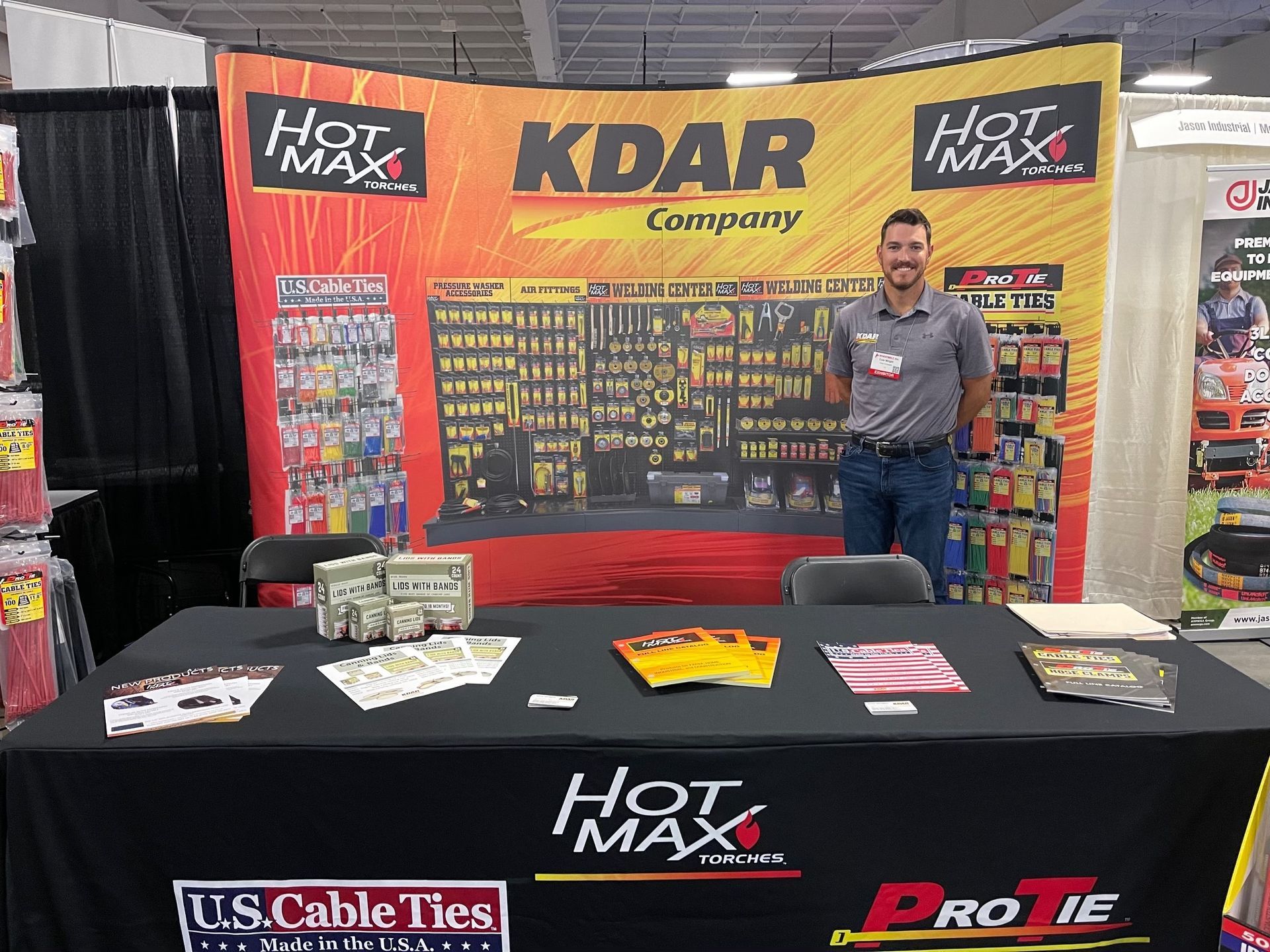
Work With KDAR Company
By investing in safety training and certifications, welders can enhance their skills, improve safety practices, and contribute to a workplace safety culture.
KDAR Company understands welders' challenges, so we provide top-tier welding equipment and supplies to support your endeavors. By staying up-to-date with industry best practices, embracing proper equipment usage, and adhering to safety protocols, you can ensure that your welding projects are a testament to precision and excellence.
Contact us today!
Interested in BECOMING A RETAIL PARTNER?
We’re here to HELP!
We want to know your needs exactly so that we can provide the perfect solution. Let us know what you want and we’ll do our best to help.
Contact Us
